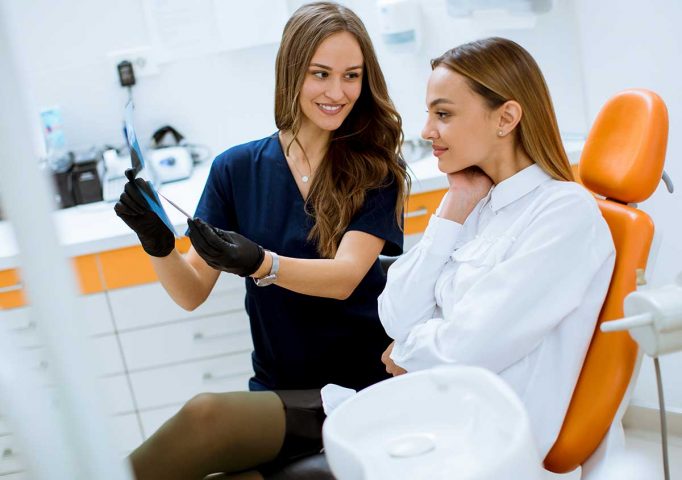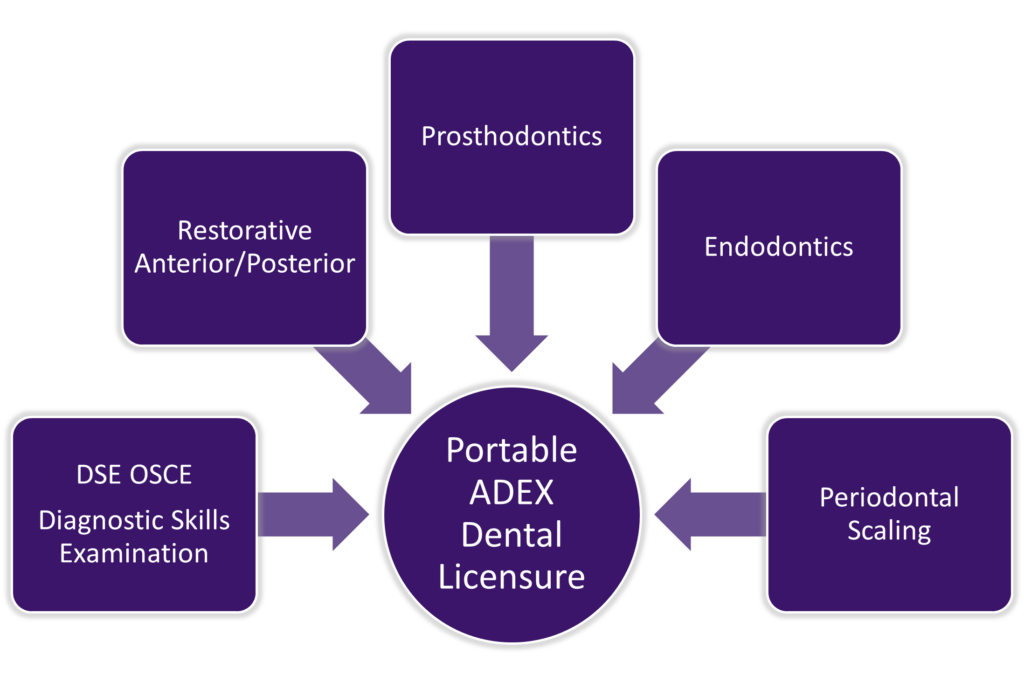Introduction
A comprehensive dental examination is an essential part of maintaining good oral health. It involves a thorough assessment of your teeth, gums, and overall oral cavity. Regular dental check-ups are crucial for early detection and prevention of dental issues, ensuring that any problems are addressed promptly. In this blog post, we will explore what a comprehensive dental examination entails and why it is important for your oral well-being.
Importance of Regular Dental Examinations
Regular dental examinations are crucial for maintaining good oral health. They help identify any potential dental issues early on, allowing for prompt treatment and prevention of further complications. A comprehensive dental examination goes beyond a routine check-up and involves a thorough assessment of your oral health.
Initial Assessment and Medical History
The first step in a comprehensive dental examination is an initial assessment. Your dentist will review your medical history, including any medications you are taking and any pre-existing conditions that may affect your oral health. This information helps the dentist understand your overall health and identify any potential risks or complications.
Examination of Teeth and Gums
The dentist will then examine your teeth and gums. They will check for any signs of tooth decay, cavities, or gum disease. This may involve using dental instruments to measure the depth of gum pockets and assess the overall health of your gums. X-rays may also be taken to detect any hidden dental issues.
Oral Cancer Screening
A comprehensive dental examination includes an oral cancer screening. The dentist will examine your mouth, tongue, throat, and other oral tissues for any signs of abnormalities or suspicious lesions. Early detection of oral cancer significantly increases the chances of successful treatment.
Bite and Jaw Alignment Evaluation
The dentist will evaluate your bite and jaw alignment during the examination. They will check for any signs of misalignment, temporomandibular joint (TMJ) disorders, or teeth grinding. These issues can lead to various dental problems, including tooth wear, headaches, and jaw pain.
Dental X-rays and Imaging
Dental X-rays and imaging play a crucial role in a comprehensive dental examination. They provide a detailed view of your teeth, roots, and jawbone, helping the dentist identify any hidden dental issues such as impacted teeth, bone loss, or infections. These images aid in accurate diagnosis and treatment planning.
Summary

A comprehensive dental examination involves a detailed evaluation of your oral health. It typically includes a thorough examination of your teeth, gums, jaw, and other oral structures. The dentist will check for any signs of tooth decay, gum disease, oral cancer, or other dental problems. X-rays may be taken to assess the condition of your teeth and underlying bone structure. Additionally, the dentist will perform a professional cleaning to remove plaque and tartar buildup. This examination allows the dentist to identify any existing or potential issues and develop a personalized treatment plan to maintain or restore your oral health. Regular dental check-ups are essential for early detection and prevention of dental problems, ensuring that you can enjoy a healthy and beautiful smile for years to come.
- Q: What does a comprehensive dental examination entail?
- A: A comprehensive dental examination typically includes the following:
- – Evaluation of your oral health history
- – Examination of your teeth and gums
- – X-rays to detect any hidden issues
- – Assessment of your bite and jaw
- – Oral cancer screening
- – Discussion of any necessary treatments or recommendations

Welcome to my website! My name is Dr. Andrew Prinsep, and I am thrilled to share my passion for aesthetic dentistry, Invisalign and braces, dental checkups, and oral cancer screenings with you.
As a professional dental assistant, I have dedicated my career to helping patients achieve their dream smiles and maintain optimal oral health.

